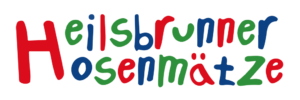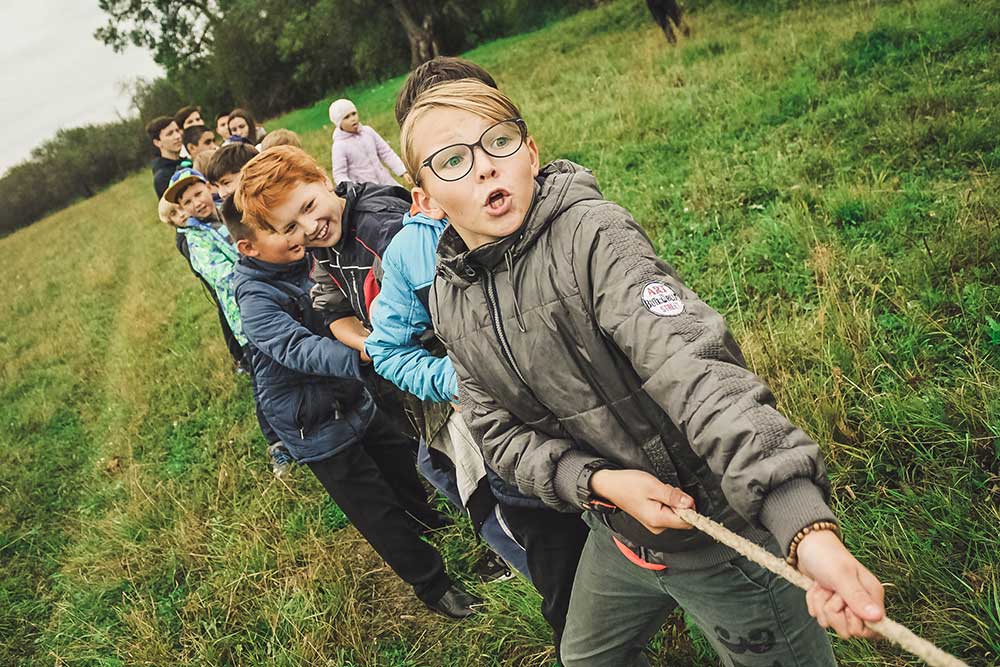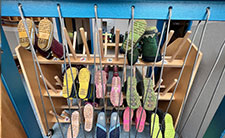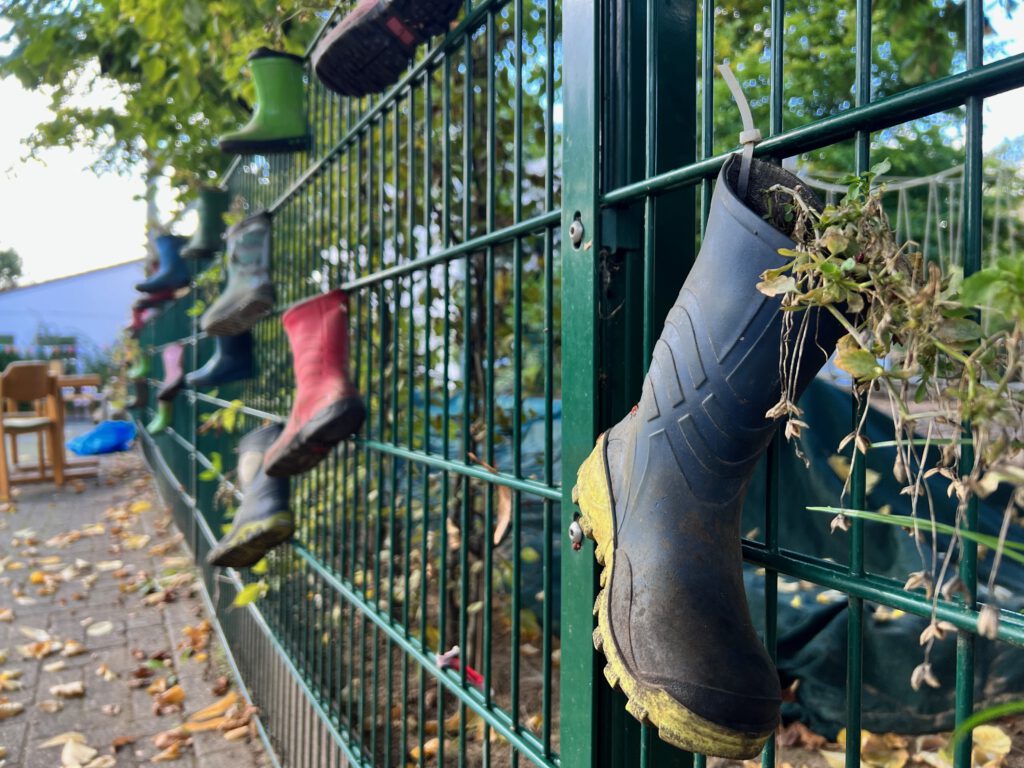Lange hat es gedauert aber wir konnten entdlich mit den PCR-Lollitests starten und somit die Testquote in unserer KiTa von 10% auf 99% optimieren – das ist vor allem für die Kinder super! Aber auch für uns Eltern, denn dadurch verbessern sich die Betreuungsoptionen im Fall von positiven Tests in den Gruppen.
Nicht mehr alle Kinder müssen in Quarantäne, ist der Einzeltest negativ kann das Kind direkt wieder in die KiTa, es finden keine Gruppen übergreifenden Tests statt wenn eine Gruppe negativ getestet wurde und eine andere positiv – usw.
Das bringt viele Vorteile und Entspannung in die Situation!
It's always better to start them on easier books, because then they feel successful, and that spurs them on, so they'll read more.
John Doe Tweet
They will also write short, simple sentences such as „The cat ran home.“ Keep a special box or bin at home filled with writing materials (crayons, pencils, markers, paper, and notepads) so your child can practice writing simple sentences about special things he’s done or seen during the day. Ask about what he’s written, and have him read it aloud. Offer encouragement by displaying his writings on the refrigerator or on her bedroom wall.
Numbers and Counting
Get your kindergartner to look for the numbers one through 30 in magazines and newspapers. He can cut them out, glue them on paper, and put them in order. When you’re riding in the car or waiting in line, play a game of „What comes next?“ Give your child a number and ask him to identify the following number. At bedtime, ask him to count how many stuffed animals he has, and ask, „How many books about dogs do you have? How fast can you count them?“ Take two of these books away and ask, „How many are left?“
- Kids this age will learn to recognize, write, order, and count objects up to the number 30.
- They will be able to add and subtract small numbers (add with a sum of 10 or less and subtract from 10 or less); this focus on addition and subtraction will continue through second grade.
- Kids will learn how to name and describe common shapes (circle, square, triangle, rectangle) and to identify, sort, and classify objects by color, size, and shape.
Help your child understand the concept of time by saying what time it is during routine activities. Use and explain words like morning, noon, night, yesterday, today, and tomorrow. Make a timeline together showing a typical day, with drawings of regular events and the time of day written beneath each one.






